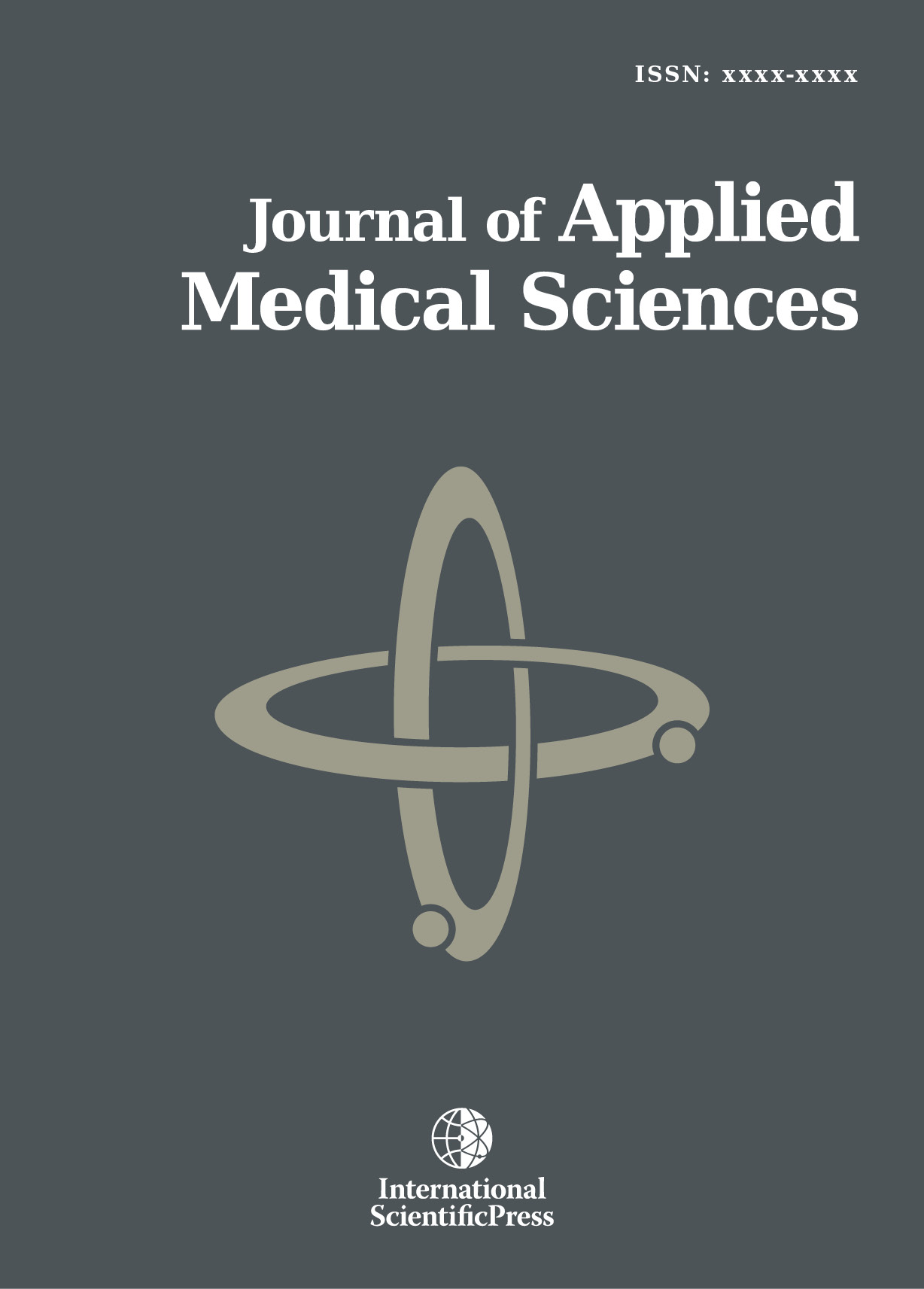Journal of Applied Medical Sciences
Epidemiological analysis of important factors for natural cycles of poor responder women
-
 [ Download ]
[ Download ]
- Times downloaded: 11117
-
Abstract
Since the first tube baby was born in 1978, in vitro fertilization (IVF) treatment offered high pregnancy rates due to improvements in oocyte punction and culture techniques, sperm preparation and oocyte retrieval methods and production of new recombinant stimulating hormones of the ovarian production. However, different disadvantages such as ovarian hyperstimulation, multiple pregnancies, premature birth, expensive and not without risk stimulating protocols, are often involved in IVF cycles. Our purpose was to assess the efficacy of IVF in natural cycles, as an alternative treatment in women with a poor ovarian response in gonadotropin stimulation and to explore the relationship between the important factors that control the natural cycle of women and the positive or negative â-human chorionic gonadotropin (â-HCG). Twenty six women with regular menstrual were offered a total of 37 natural cycles of treatment. One woman had four natural cycles, two women had 3 natural cycles each and 4 women had 2. The women treated were from 29 to 46 years old and their mean age was 37,6±4,2 years old. LH surge was observed in 14 cycles (37,8%). In 20 cycles (54%) one oocyte was retrieved and in 2 cycles (5,4%) two oocytes were retrieved. The mean follicle diameter was 17,4±0,8mm and the mean endometrial thickness was 8,5±1,2mm of the day of hCG injection. From the 24 oocytes retrieved, 20 of them were in metaphase II stage (83,3%) and the fertilization rate after ICSI was 70% (14/20). All the embryos resulted from the fertilized oocytes were transferred after 2 or 3 days of incubation. The Body Mass Index (BMI) values and the smoking were also estimated as parameters of the life style of the women participated in the study. All statistical analysis was achieved by using x2-test. Modeling was achieved by applying logistic regression methodology. Embryo transfer was performed in 14 patients (37,8% per cycle, 70% per MII oocytes). Three patients were pregnant (8,1% per ocyte retrieval and 21,4% per embryo transfer). The quality of embryos transferred was grade 1 (no fragmentation) in 3 cases (21,4% per total number of embryos), grade 2 (<15% fragmentation) in 9 cases (64,3%) and grade 3 (>15% fragmentation) in 2 cases (14,3%). The three pregnancies resulted from one grade 1 four-cell embryo; one resulted from grade 2 five-cell embryo and one from a grade 3 six-cell embryo. The comparison between the âHCG and the other variables suggests that important factors are the thickness of the endometrium (p=0,028) and the follicle diameter (p=0,049), for 95% significant level. In our experimental work, the investigation of the variables after using the logistic regression modeling, suggests that the important factors which were estimated satisfactory for the positive or negative âHCG, are the endometrium thickness (OR=18,74 times) and the embryo grade (OR=5,48 times) with estimated parameter values. The natural cycle is a simple and effective method in the field of the assisted reproduction, especially for poor-responder women in gonadotropin stimulation. Furthermore, the final proposed statistical model explains satisfactory the 89.2% of the original data of our study.
